Discover expert care with a specialist in the field of urology. Our dedicated team in Orange City and Daytona Beach, FL are here to help.
Continue readingMikhail Lezhak, PA-C: Bladder Cancer Symptoms and Treatment
Understand bladder cancer symptoms and treatment from Mikhail Lezhak, a physician assistant in Daytona Beach, FL.
Continue readingWhat Treatment Options Does AUI Offer for Enlarged Prostate? Insights from a Physician Assistant
Treatment options for enlarged prostate include surgical intervention according to Mikhail Lezhak, a physician assistant in Daytona Beach FL.
Continue readingAdvanced Urology Institute: Physician Assistants at AUI
Physician Assistants at AUI dedicate their time to diagnosis, treatment, and the infrastructure that makes their work possible and efficient.
Continue readingDr. Samuel Lawindy Talks About How to Treat Urge Incontinence in Women
Can Dr. Samuel Lawindy provide treatment for large kidney stones?
BPH Enlarged Prostate Symptoms & Treatment
Common Urologic Conditions Are Treatable
The urinary system of the human body regulates, manages and eliminates urine waste. The organs in this system are the kidneys, ureters, bladder and urethra. But as with any organ or system of the body, the urinary system can have problems, commonly referred to as urologic diseases or urologic problems.
You can have urologic problems regardless of your age, ethnicity or gender. And when urologic conditions occur, in both men and women they have a direct effect on the urinary tract and how urine is expelled from the body. In men, urologic problems can also affect the reproductive organs.
Signs that you have urinary tract problems:
- Blood in urine
- Loss of bladder control
- Pain or burning sensation while urinating
- Pain in the lower back, stomach or groin (kidney stones)
- Trouble having or keeping an erection
- Enlarged prostate
- Difficulty urinating
- Fever
- Chills
- Pain in genitals
Urologic conditions are treatable
Urology is a dynamic and advanced field. Urologists know how to treat many urologic diseases, including cancer of the prostate. The first step in any successful treatment is to see a urologist on time. Do not delay. As soon as you experience any problems, visit a urologist for a medical exam.

Common urologic conditions
(1) Urinary Tract Infections (UTIs)
Urinary tract infections (UTIs) are the most frequent type of urologic condition, although they occur more commonly in women than men. Close to 60% of women and 12% of men experience UTIs at some point in their lives. These infections are easily treated with antibiotics, but the treatment should begin as soon as possible to avoid further infection and prevent complications.
(2) Urinary incontinence
Although many people resist seeking help because of embarrassment, urinary incontinence is treatable in most cases. The cause is usually either an overactive bladder (urge incontinence) or stress incontinence. Typically, urge symptoms come from the bladder wall and detrusor muscle and mucosa, while stress symptoms are due to the incompetence of the bladder neck or urethral sphincter.
The diagnosis of urinary incontinence can be reached through a careful patient history, thorough examination and proper tests. You may need bladder retraining, controlled fluid intake, reduction in caffeine intake, or deliberate delayed voiding to treat the symptoms. Your doctor can also recommend medication or perform corrective surgery.
(3) Pelvic Floor Dysfunction
Pelvic floor muscles support the bladder, vagina and rectum. At some point in life, particularly after childbirth, pelvic floor muscles can become irritated or inflamed. Since the pelvic floor has to relax during urination, having pelvic floor dysfunction can cause pain or difficulties. The problem is often treated through pelvic floor exercise, but when the exercises are ineffective, vaginal medications or muscle injections can be used.
(4) Prostatitis
Many urological problems in men are linked to the prostate. Prostatitis is the inflammation or abnormal swelling of the prostate. The most common symptoms of prostatitis are painful urination, fever, chills, abdominal pain, and pain in the lower back or pelvic region. If you are diagnosed with prostatitis, your doctor will recommend antibiotics to reduce the swelling and restore your prostate to normal size.
(5) Bladder and prostate cancer
The PSA test and prostate exam are great ways to check on your prostate health. Should cancer be found in your bladder or prostate, your urologist will offer lifesaving care. Prostate cancer is the second leading cause of cancer-related deaths in men. It results from the abnormal and rapid growth of prostate cells.
Prostate cancer is successfully treated when detected early, which is why men are encouraged to get checked once a year. In fact, the recommended treatment depends on the time of detection, and may include radiation, surgery or regular surveillance. Today, robotic surgery has helped to reduce the hospital stay for kidney, bladder or prostate cancer surgery to just a few days, or just one day.
(6) Prostate enlargement (BPH)
The prostate grows as you age. Over time, you may have to wake up at night to go to the bathroom or you may not be able to produce the stream of urine you once did. When diagnosed with BPH, your urologist will use various techniques to relieve the obstruction caused by the enlarged prostate. These techniques include consistent monitoring, medications, and in some cases surgery.
Your urologist may also recommend the Rezum procedure—which uses heated water vapor to shrink the enlarged prostate tissue—or the green light and thulium laser vaporization techniques, transurethral resection of the prostate, minimally-invasive thermotherapy, or a UroLift. You will likely return home the same day as one of these procedures.
(7) Erectile dysfunction (ED)
This is a common condition as men grow older. When a man in his 40s or 50s notices that his erections are no longer what they used to be, he should talk to a urologist. Erectile dysfunction is the difficulty in achieving or maintaining an erection for sexual intercourse.
Although not fatal, it can cause stress, embarrassment and a strain on your relationship. Urologists will help you determine the underlying conditions and recommend treatments. Your urologist may prescribe medications—such as PDE5 inhibitors Cialis and Tadalafil—penile injections, a penile pump or, as a last resort, penile implant surgery.
(8) Kidney and ureteral stones
Kidney and ureteral stones occur when crystal-like particles in urine develop and grow into larger masses. As the stones pass along the urinary tract, they can get blocked and cause pain. Although most stones are passed naturally, larger stones may require surgery or specific procedures to break them.
One of the most common treatments is the Extracorporeal Shock Wave Lithotripsy (ESWL) technique in which sound waves are used to break up stones into smaller pieces. Also, since kidney stones can recur, patients often need long-term care. Your urologist will advise you on how to prevent kidney stone formation and how to best manage any potentially painful stones that develop.
At Advanced Urology Institute, every day we help people solve problems they may be hesitant to talk about. Since these problems are distressing or awkward to discuss, our goal is to help make you comfortable. We are proud of the long-term relationships we enjoy with our patients. Our knowledgeable urological specialists provide carefully tailored and confidential care. At AUI, patients get a proper diagnosis and the correct treatment, and we are willing to answer any questions you may have about your health.
If you suspect you have a urological problem, we encourage you to make an appointment at one of our many locations. For additional educational resources on urologic conditions, visit the Advanced Urology Institute website.
What are the different treatment options for kidney stones according to Dr. Samuel Lawindy?
Ways to Pass Kidney Stones
Kidney stones can be a painful and difficult experience for the many men and women who get them. These stones are hard deposits of minerals that build up in the body and cause blockages in the urinary tract. The blockages can make it very painful and difficult to urinate. In addition to difficulty urinating, the stones can cause nausea as well as pain in the groin and abdomen. Luckily, there are many ways that urologists can help speed up the process.
 Finding the best way to help a patient to pass a kidney stone depends on several factors. Not all patients are the same, and the size and difficulty of their kidney stones vary as well. If the stones are smaller than 5 millimeters, the urologist will want the patient to try and pass them naturally. This is the least invasive way to pass kidney stones, although it may not always be possible. Drinking lots of liquids for frequent urination is the key for this method. Urologists may also recommend movement like bicycling and jumping jacks to help dislodge the stones naturally.
Finding the best way to help a patient to pass a kidney stone depends on several factors. Not all patients are the same, and the size and difficulty of their kidney stones vary as well. If the stones are smaller than 5 millimeters, the urologist will want the patient to try and pass them naturally. This is the least invasive way to pass kidney stones, although it may not always be possible. Drinking lots of liquids for frequent urination is the key for this method. Urologists may also recommend movement like bicycling and jumping jacks to help dislodge the stones naturally.
If passing naturally is not an option, then medication may be the next step. Urologists will use some of the same medications that are used to treat an enlarged prostate. Medication like Flomax helps relieve pressure on the urinary tract by relaxing the muscles in the prostate. This allows for easier urine flow and can help the patient pass the stones.
Another treatment option that makes passing stones easier is called shock wave lithotripsy. This treatment uses a machine pressed up against the patient’s body that targets water waves directly at the kidney stones. With as many as 2,500 waves per treatment, these waves break the kidney stones into small, sand-like particles. The sandy remnant is then easily passed during urination.
In some cases, a more invasive treatment may be needed to remove the stones from the body. A surgeon may use a scope fitted with a medical laser to enter the patient’s urinary tract through the penis. They can then use the laser to break the stones up into smaller fragments for easier passing. This method is sure to help pass the stones, but a urologist may prefer to try more natural methods first.
There is no single method to passing kidney stones. What matters most is making the process as fast, safe and pain-free as possible. For more information about kidney stones, visit the Advance Urology Institute website.
Surgical Options for Overactive Bladder
If you feel frequent, sudden urges to urinate that you cannot control, you might be suffering from overactive bladder. This condition can lead to feelings of embarrassment or shame, but it’s a common problem and can be treated in a variety of ways. For many people, overactive bladder can be treated with lifestyle changes such as special diet, weight loss, regularly timed trips to the bathroom, and exercises to strengthen the pelvic floor. Dealing with symptoms by using absorbent pads is also an option.
 However, for some people, these methods are not enough to ensure they can live a healthy, fulfilling life. In these situations, surgical intervention is an option to correct overactive bladder problems.
However, for some people, these methods are not enough to ensure they can live a healthy, fulfilling life. In these situations, surgical intervention is an option to correct overactive bladder problems.
Augmentation Cytoplasty
One of the options for treating overactive bladder is called augmentation cytoplasty. This procedure increases the size of the bladder. The surgeon accomplishes this by removing a small part of the intestine and using it to replace parts of the bladder in order to increase its capacity. For some people, this procedure allows them to resume normal bladder function. For others, the use of a catheter may be necessary for the rest of their life.
Urinary Diversion Surgery
Another surgical treatment option for overactive bladder is urinary diversion surgery. This procedure involves diverting urine from the bladder. One option for bypassing the bladder involves linking the ureters, which normally connect the kidneys to the bladder, to an ostomy bag outside of the body. Another option involves the creation of a new bladder inside of the patient’s body, which means they will be able to continue normal urinary function.
Bladder Removal
Bladder removal surgery, or a cystectomy, is the last resort option for patients with overactive bladder for whom no other treatment has been successful. For men, bladder removal surgery also involves the removal of part of the prostate; for women, it involves removal of the uterus, ovaries and part of the vagina. Because this is a risky procedure that involves multiple organs, it is usually only used for more serious urological conditions such as bladder cancer or birth defects. Removal of the bladder necessitates the use of a urinary diversion such as an ostomy bag or a stoma.
An overactive bladder can be a debilitating condition, but there are many options for treatment. If you are dealing with this issue, the physicians at Advanced Urology Institute are here to help you reach a diagnosis and find a treatment to restore your quality of life.
What Do Physician Assistants Do? – Mikhail Lezhak, PA
Ask Mikhail Lezhak what physician assistants do and you may be surprised by the answer. In the past, all professional medical care was performed by doctors and nurses. But doctors and nurses often spent a lot of time doing repetitive work that limited the time they had to focus on their specialty.
 Physician assistants, especially those in urology, may be called upon to do any of these things to assist the doctor:
Physician assistants, especially those in urology, may be called upon to do any of these things to assist the doctor:
- Patient history checks, both directly with the patient and with recorded medical records. They will review records and update records. Based on what they learn, they will brief their supervising physicians about anything noteworthy
- Perform physical exams. They can do the basic exams, but they also are trained to spot symptoms that require more advanced medical care
- Order and interpret basic laboratory tests
- For many relatively minor types of injuries, they may be qualified to handle the direct treatment
- Assist surgeons doing surgical procedures
- Perform minor surgical procedures, including suturing (making stitches); immunizations and injections; setting up, monitoring and removing intravenous feeds
- Perform preoperative and postoperative care, including managing infection prevention
- Prescribe medications as permitted
- Provide patient counseling on medical issues, including self-care and follow-up
- Set up health management plans and diets
- Assist in maintaining a healthy, safe and sanitary healthcare environment, in accordance with health laws, regulations and accepted medical practices
- Help maintain the proper stocks of medical supplies
- Work with administrators and administrative staff to assure a more smoothly operating medical care environment
Essentially, PAs perform tasks that free up their supervising doctors for more difficult and complicated health issues. If this job sounds a lot like what nurses do, you are right. There is considerable overlap of responsibilities within medical communities.
In Florida, physician assistants do have a limited ability to prescribe and dispense medications. The ability for PAs to prescribe drugs is based on a written agreement between the PAs and their supervising board-certified doctors. That written agreement must have the following:
- Effective for only five years, whereupon a new license is required
- Requires the PA to take 10 continuing medical education credits before each license renewal period, including three hours about safe and effective prescribing of controlled substances
- Only effective with that one PA-doctor agreement; it must be remade if the supervising doctor changes
- Filed with the Florida Board of Medicine
There are some drugs that a PA cannot prescribe. For example, a PA working in urology cannot prescribe many of the same drugs that a PA working in psychiatry would prescribe, and vice-versa. Thus, there is local accountability for physician assistants within Florida about how they handle drugs.
Supervising doctors may have their PAs handle such duties as researching new medical device company products and keep the doctors advised on new drug formularies. PAs may be asked to scan medical journals for interesting issues as well as follow interesting and related legal cases involving their profession. They may help in medical research.
Just like nurses and nurse practitioners, PAs help the system run more smoothly by letting those who specialize spend more time on their side of the practice. The doctors can function more professionally as medical experts, and administrators can spend more time working with business management.
When you see Mikhail Lezhak, PA, at Advanced Urology Institute, you are seeing someone who has a wealth of training and experience in many of the same functions performed by a licensed medical doctor. Rest assured that your doctor still has you in good hands when your visit is with a medical professional who is a PA. For more information about physician assistants, visit the Advanced Urology Institute website.
Erectile Dysfunction Treatment Options
Although it is very common, erectile dysfunction can be an embarrassing subject to discuss even with medical professionals. ED can affect men of all ages and can be caused by a variety of factors, so a wide range of treatment options are available.
How Is Erectile Dysfunction Diagnosed?
According to the Mayo Clinic, ED is the chronic inability to get and maintain an erection. It can be diagnosed by talking with a doctor, ideally a urologist, about the patient’s medical history. The doctor may perform a series of tests, including a physical exam, blood or urine tests, an ultrasound, or even a psychological examination to determine if mental health is a factor in the patient’s erectile dysfunction. Sometimes ED is connected to another underlying issue. All of these factors come into play when determining treatment.
What Are The Treatment Options For Erectile Dysfunction?
 There are many potential steps to be taken in the ED treatment process. The first step, especially when the patient is a younger man, is usually medical management. Doctors may prescribe common medications like Viagra or Cialis. Both medications are taken only when needed. They do not help cause an erection until the patient has already become sexually stimulated. They are safe, commonly prescribed medications; however, they can cause serious side effects in combination with other medicines, especially nitrates.
There are many potential steps to be taken in the ED treatment process. The first step, especially when the patient is a younger man, is usually medical management. Doctors may prescribe common medications like Viagra or Cialis. Both medications are taken only when needed. They do not help cause an erection until the patient has already become sexually stimulated. They are safe, commonly prescribed medications; however, they can cause serious side effects in combination with other medicines, especially nitrates.
For many patients, Viagra or Cialis is enough to help solve the problem of erectile dysfunction. If, however, they are not, another option is a penile injection. The initial penile injection may be given at the doctor’s office as a way to introduce the patient to the process. After this introduction, the patient can self-administer the injections at home as needed.
When these medications are not enough to solve a patient’s erectile dysfunction, another option is penile implant surgery. This is only recommended in cases where no other treatment option has been successful and when the patient’s ED has no chance of being reversed. There are a variety of penile implants on the market to accommodate a patient’s lifestyle and needs.
Erectile dysfunction can lead to feelings of embarrassment and shame, relationship difficulties and lowered self-confidence. However, there is no need to worry that these issues will last a lifetime. With the wide range of treatment options available, ED can be managed, allowing patients to resume normal sexual activity after consulting with their doctor. Our team of urologists at Advanced Urology Institute have extensive experience in working with patients experiencing erectile dysfunction. For more information, visit the Advanced Urology Institute website.







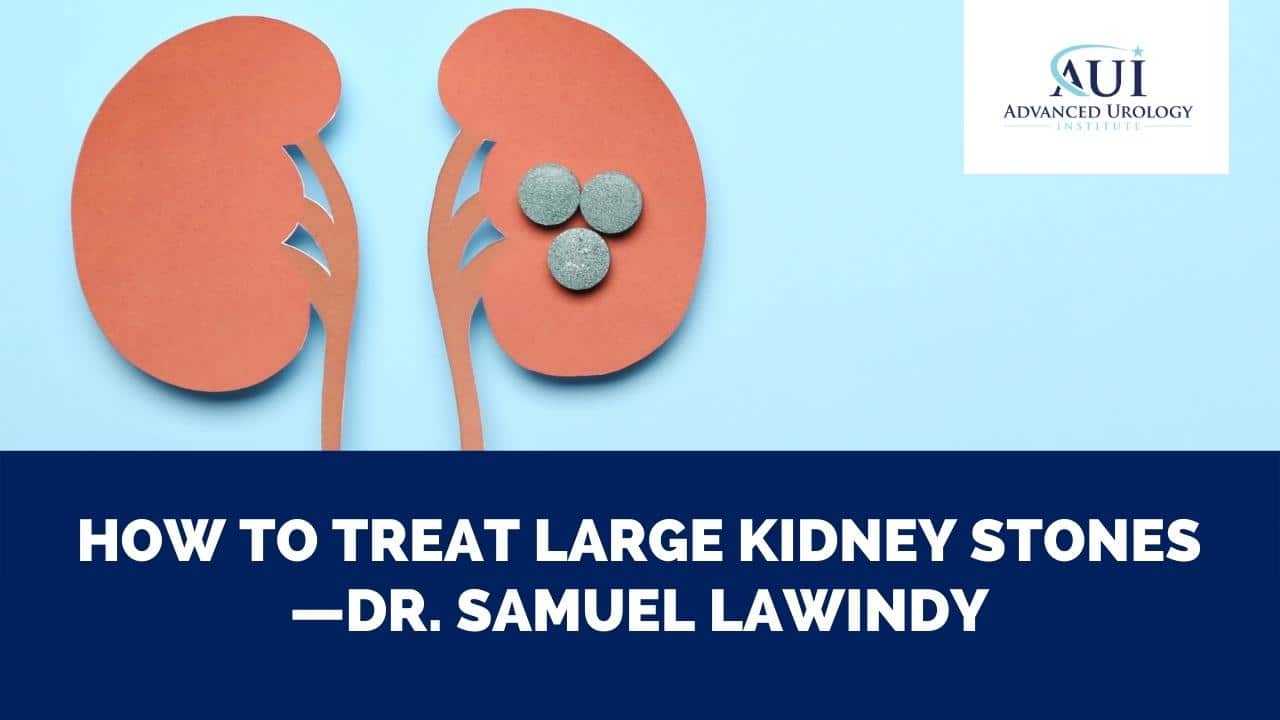

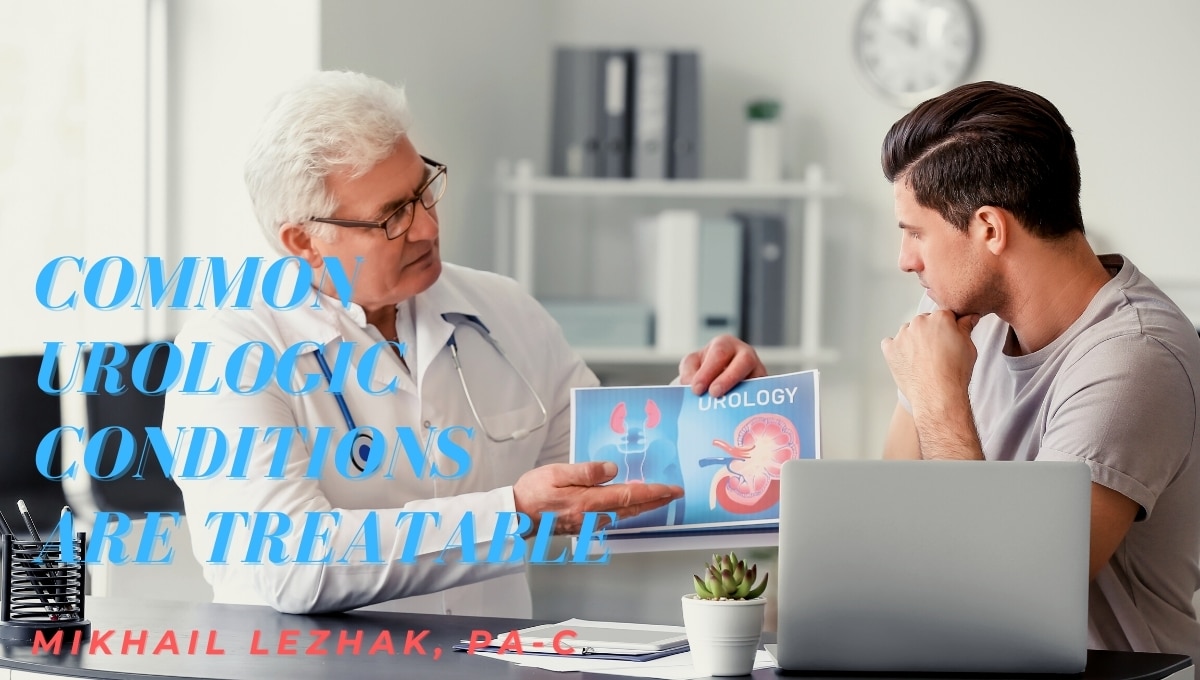
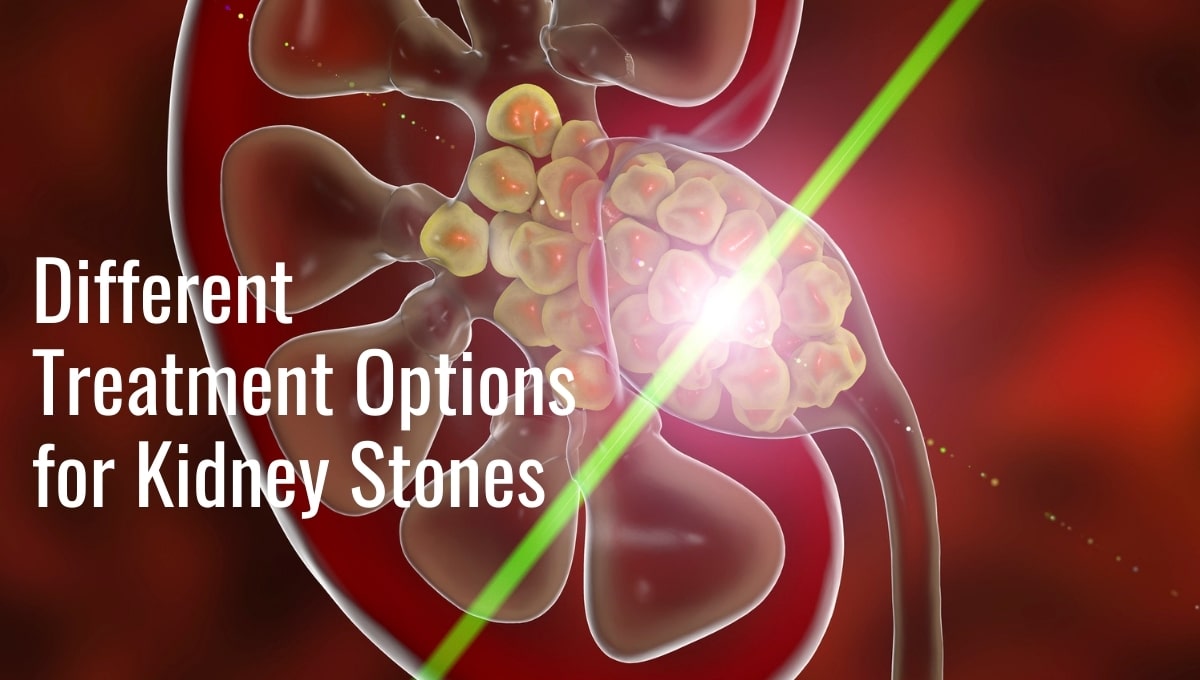

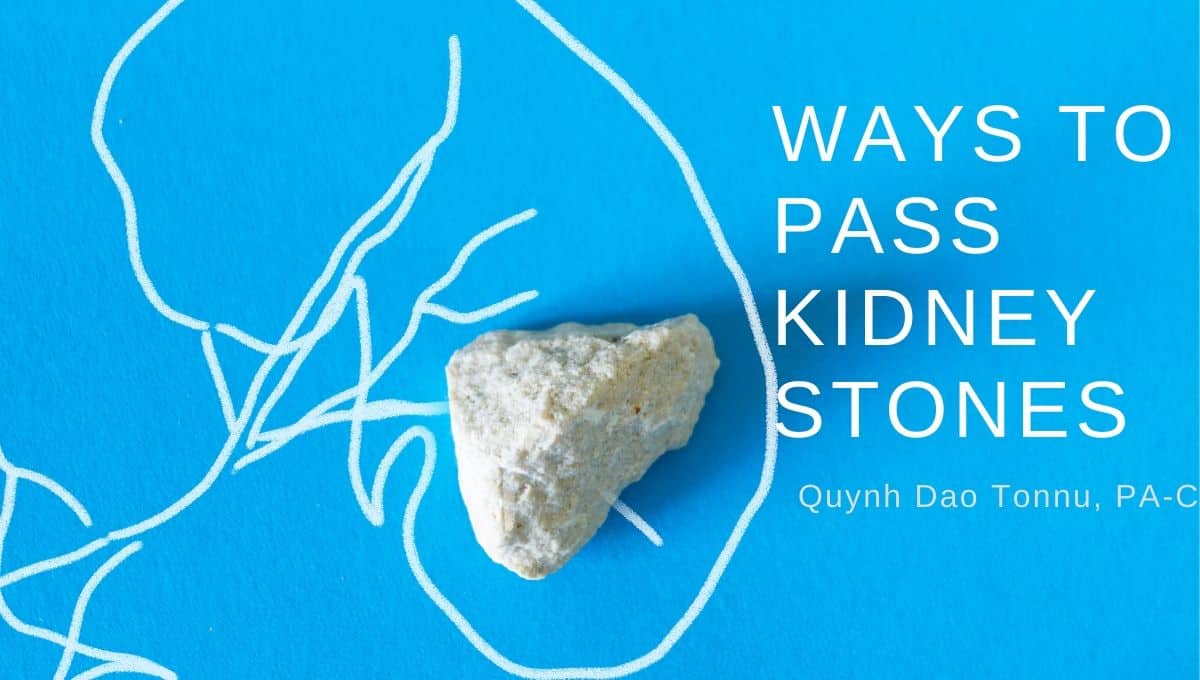
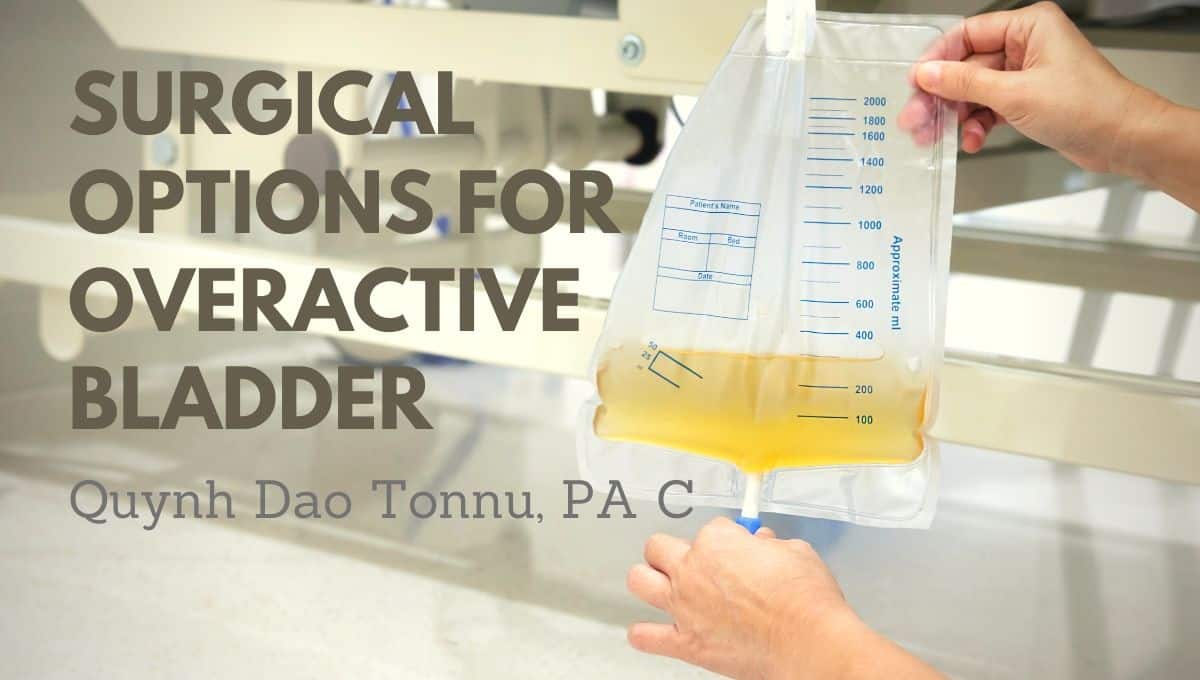

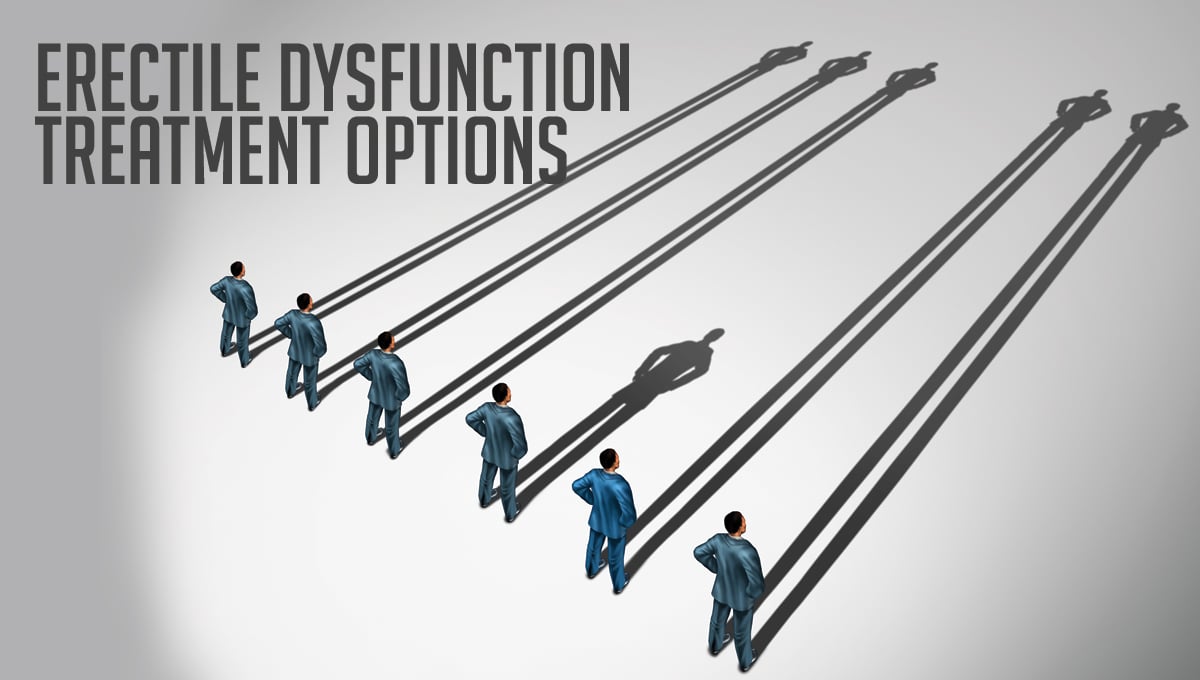

 An
An 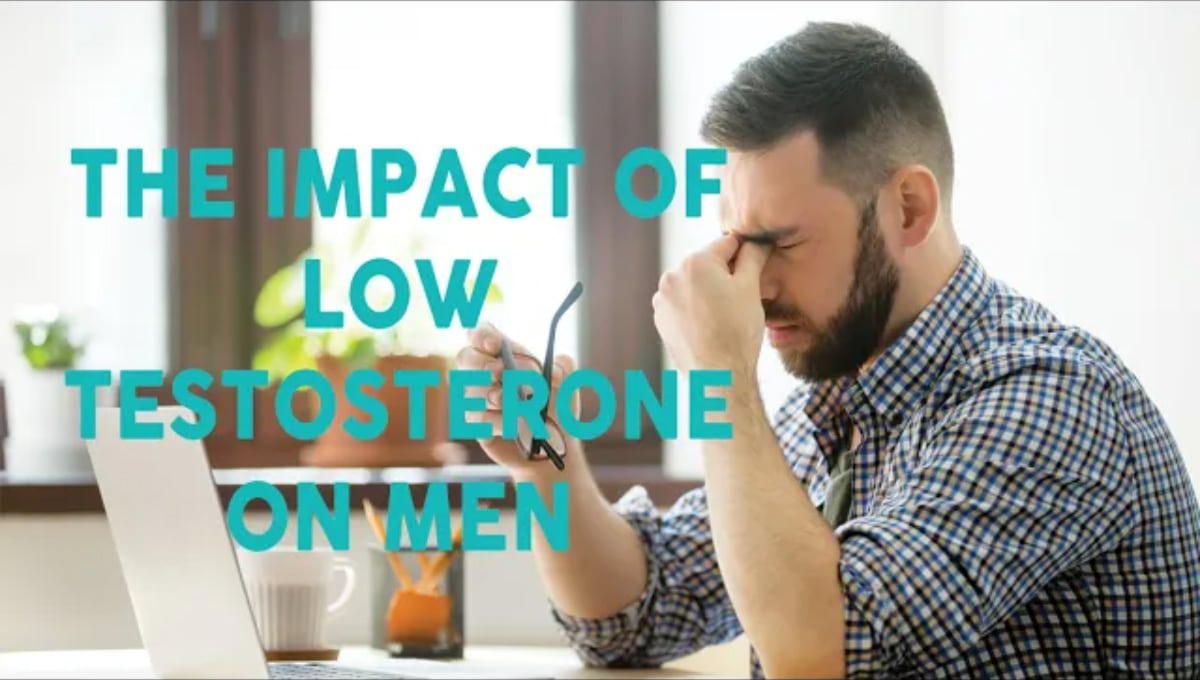
 1. Reduced Sex Drive
1. Reduced Sex Drive